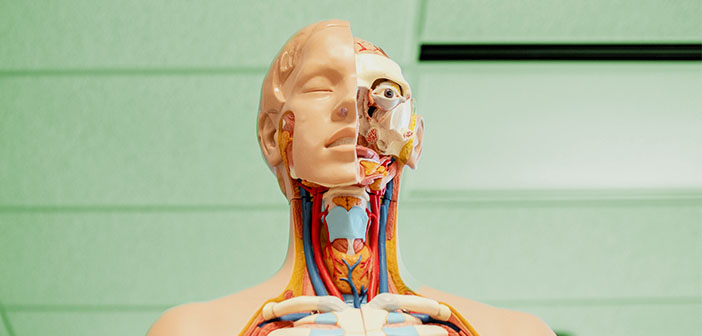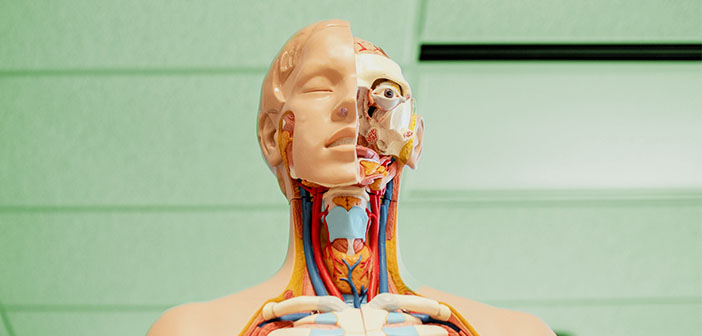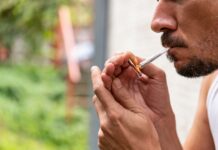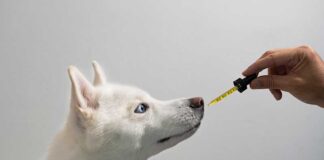
By, Linda Childers
Obtaining a prescription for medical cannabis can be the first step toward relief for consumers suffering from debilitating symptoms, but many are challenged to navigate the sometimes-unfamiliar terrain of dispensaries and then find the best product to suit their needs.
Now nursing organizations are stepping in to help them serve as educators and advocates for patients who seek to integrate cannabis into their medical treatment.
The San Diego-based Cannabis Nurses Network formed in 2015 as a professional development organization that offers its domestic and international members access to education, networking, professional recognition, and legal and medical advocacy.
According to Heather Manus, a nurse and founding member of the network, the group educates nurses on the science behind medical cannabis and supports them in their careers
Group members appear at various cannabis conferences and will be staging its fourth annual Cannabis Nurses Network Conference from Feb. 28 to March 2, 2019, in San Diego. Manus said conference participants will learn about the latest science, research, and clinical applications relating to the human endocannabinoid system and cannabinoid therapeutics.
The organization’s website also lists educational resources and a member directory to help locate trained cannabis nurses.
A Washington, D.C. Group with Similar Aims
A similar group, the American Cannabis Nursing Association (ACNA), formed on the East Coast in 2012. Denise Foster, a nurse for more than 30 years in Chesapeake, Va., is director of the ACNA in Washington, D.C. The organization develops nursing standards, credentials, and certifications in an effort to reduce the stigma and knowledge gap surrounding cannabis.
Foster and the ACNA are working to train nurses in the safe use of cannabis products.
“Patients are using cannabis as medicine, and it’s important for nurses to be educated on the medical risks and legal implications of cannabis use,” Foster told Marijuana.com. “In addition, it’s important for nurses to know about the scientific evidence related to cannabis and symptom management.”
Foster said the ACNA ultimately hopes to see trained cannabis nurses employed in hospitals, doctor’s offices and dispensaries across the U.S. In these roles, nurses can counsel patients and help them determine the right cannabis product and dosage to manage their health condition.
“Depending on the state in which a patient resides, they may be able to choose from a number of different routes of cannabis administration,” said Sarah Cohen, a cannabis nurse in Chicago and secretary for the ACNA. “Each route has a different duration and time to efficacy. The type of symptom a patient is trying to control – chronic pain versus breakthrough pain, for example – can also help determine the optimal route.”
Cohen worked as a nurse for two years at a medical cannabis dispensary in Illinois. During that time, she saw patients with numerous conditions, including cancer, multiple sclerosis, fibromyalgia, and Crohn’s disease, who found relief from pain, spasms, and insomnia.
“I twice heard from patients whose opioid use was spiraling out of control, that cannabis saved their life,” Cohen said. “In general, consumers are starved for information so, as a nurse, my primary role was education about the different types of cannabis routes of administration.”
Currently, Foster said many patients receive prescriptions for medical cannabis from their health-care provider, but are then left with questions such as where to go, what to ask for and how to use the herb.
Foster said she remembers “one woman who was given an inappropriate dosage of medical cannabis and experienced some unwanted side effects,” which can include anxiety, shortness of breath and increased heart rate. “The experience left her nervous about giving cannabis a second chance.”
Cohen said nurses and other clinicians also should receive education about the endocannabinoid system (ECS), a network of receptors that affect appetite, mood, memory, pain, and other physiological functions. Since its discovery, the ECS’s role isn’t adequately covered in most clinical education curricula.
“Cannabis plant material can be smoked, vaped, ingested raw, and incorporated into food and beverages,” Cohen said. “Extracted cannabis oils can be vaped, applied under the tongue, ingested directly, applied topically, and incorporated into food and beverages. Cannabinoids can also be delivered through transdermal patches and gels and via suppositories.”
Preparing Nurses to Meet Needs of Patients
Regardless of whether a state is legal for medical or adult-use cannabis, Cohen said data shows that patients are using cannabis as medicine.
“This means that nurses and healthcare providers in all states, should have a working knowledge of cannabis therapeutics,” she said. “Only with accurate information can we best serve patients.”
Currently, the ACNA is the only professional nursing organization working toward having cannabis nursing recognized by the American Nurses Association (ANA) as a certified nursing sub-specialty. In conjunction with the Medical Cannabis Institute, ACNA offers an online course for nurses, as well as resources for nurses who want to learn more about how medical cannabis and how it can be safely and effectively used to manage a patient’s health condition. While becoming certified as a cannabis nurse is something the ACNA hopes to offer in the future, nurses who pass the ACNA’s Core Curriculum class and pass the subsequent test receive a certificate of competency in cannabis nursing from ACNA.
“While having cannabis nursing recognized as a sub-specialty is still a work in progress, we’re encouraged by a recent announcement from the National Council on State Boards of Nursing (NCSBN) that calls for all nurses to be educated about the mammalian endocannabinoid system and the scientific evidence base related to cannabis and symptom management,” Cohen said. “Additionally, nurses will be required to understand their states’ cannabis policies and how these may impact patient care and well-being.”











